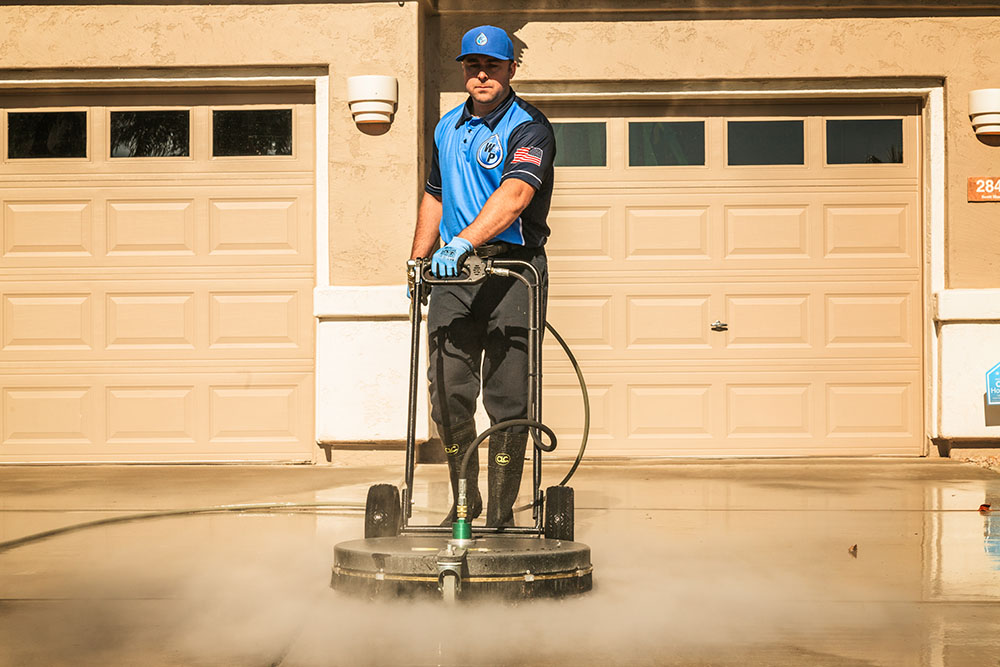In the world of pest control and wood preservation, a quiet revolution is taking place—one that doesn’t rely on toxic chemicals, noisy machines, or invasive procedures. These innovations are called microwave tools, and they’ve become the silent protectors of homes, heritage buildings, antique furniture, and timber-framed structures. While traditional methods like fumigation, freezing, or chemical sprays leave residues, require disruption, or fail to reach deep infestations, microwave tools work discreetly and powerfully beneath the surface. The result? Effective disinfestation without the damage or disruption.
Microwave pest control tools operate on a simple yet powerful principle: they emit electromagnetic waves at a specific frequency (usually 2.45 GHz) that penetrate wood and other porous materials. These waves target moisture content—both in the wood itself and in any pests living inside. As the water molecules begin to vibrate rapidly, heat is generated internally, reaching lethal temperatures that kill insects at every stage of their life cycle. From eggs to larvae to adults, no pest is safe when microwave energy is properly applied.
What makes these tools so exceptional is their precision and silence. Unlike gas fumigation, which involves sealing off areas for days, or sprays that need constant reapplication, microwave units can be placed directly on or near infested wood and activated in short bursts. They are virtually noiseless, posing no threat to residents, pets, or surrounding materials. This makes them ideal for sensitive environments—such as libraries, museums, hospitals, churches, and historic buildings—where disruption must be minimized and the integrity of materials preserved.
Another standout feature of microwave tools is their non-invasive nature. They do not require drilling, dismantling, or surface stripping. Technicians can treat specific zones within walls, beams, or furniture using handheld or fixed microwave applicators. This means that a deeply infested beam in a 200-year-old farmhouse can be saved without removing a single nail. The beauty, structure, and patina of the wood remain intact—while the pests inside are completely eradicated.
These tools are also invaluable in drying damp wood—a critical step in preventing future infestations. Since many wood-boring insects are attracted to moisture-rich environments, reducing internal humidity in wooden elements is a form of preventive care. By applying microwaves, professionals can dry out problematic areas like crawl spaces, floorboards, or attic timbers, making them less inviting for pests and mold. The drying and disinfestation happen simultaneously, which saves both time and cost.
Microwave tools are highly favored in the conservation field. Preservationists working with ancient structures often face the dilemma of protecting timber without compromising the original materials. Chemical methods can discolor finishes or degrade organic materials, while freezing or heating large structures can cause cracking. Microwave technology, on the other hand, allows for localized treatment. This means conservators can target only the affected areas, maintaining authenticity while ensuring the wood is pest-free and stable.Visit Online shashel for More details.
Homeowners, too, are starting to see the benefits of microwave-based solutions. With more people seeking non-toxic, eco-friendly treatments for their homes, microwave pest control is an appealing option. Whether it’s a new build with fresh wood or an old farmhouse with antique beams, microwave tools offer peace of mind without the health concerns or property damage associated with conventional methods. Many companies now offer portable microwave kits for contractors and trained DIYers who want to integrate this technology into their regular maintenance routines.
Another advantage of microwave tools is speed. Treatments are typically quick—sometimes lasting only 20 to 40 minutes per site—and the wood is ready for immediate use after cooling. There’s no need to vacate the building, and no lengthy wait times before reoccupying a treated area. This makes it ideal for commercial properties and public buildings that cannot afford downtime.
In summary, microwave pest control tools live up to the name “silent protectors.” They work quietly, deeply, and effectively, often without anyone even realizing treatment is underway. They preserve the natural beauty of wood, eliminate harmful pests, and provide a future-forward alternative to toxic chemicals. Whether used in centuries-old buildings or modern eco-homes, these microwave tools are reshaping the landscape of wood care and pest management—one quiet pulse at a time.


